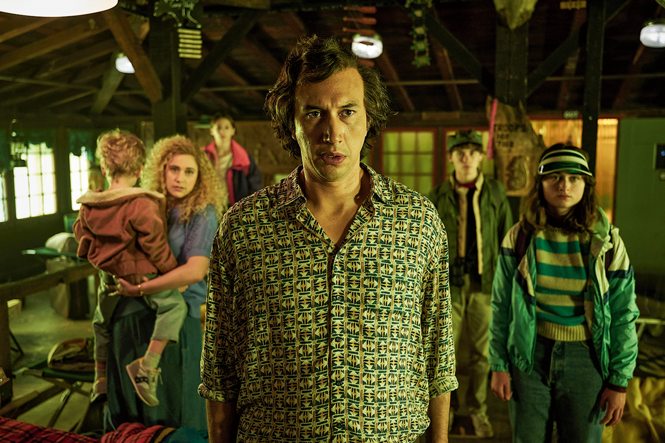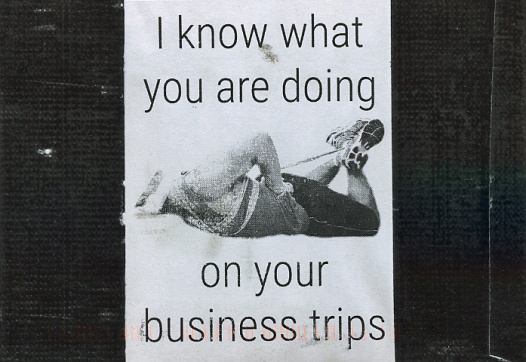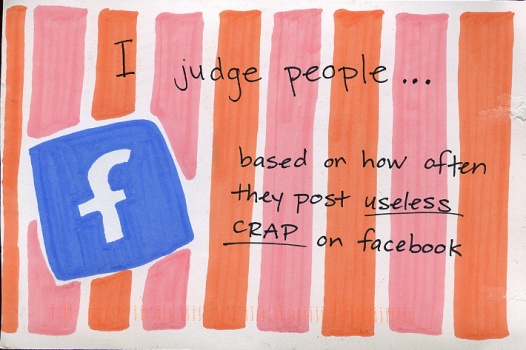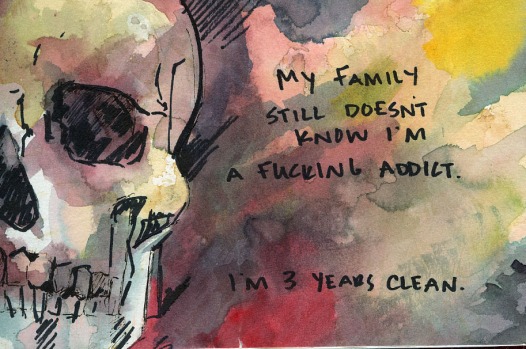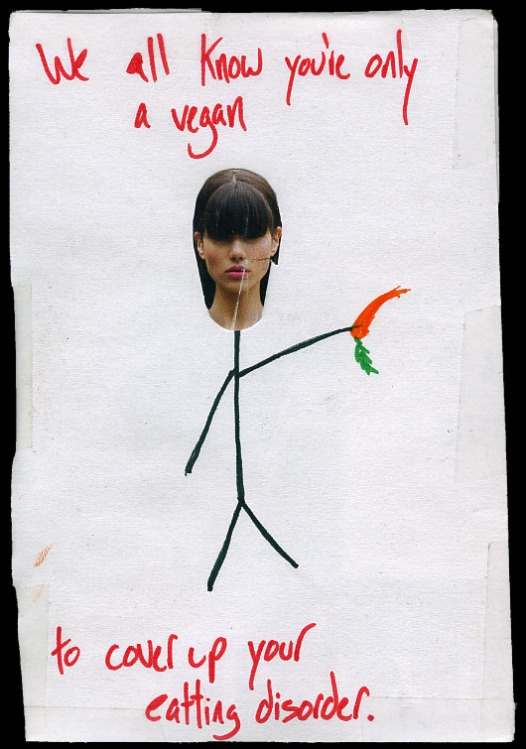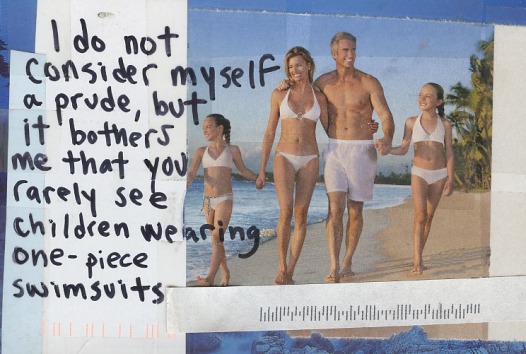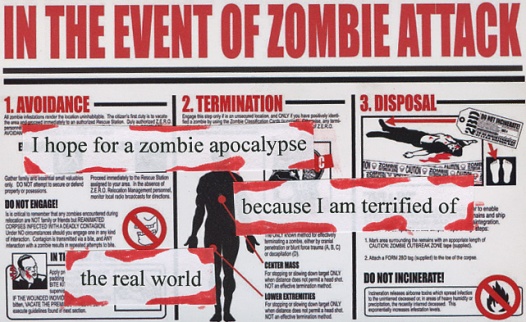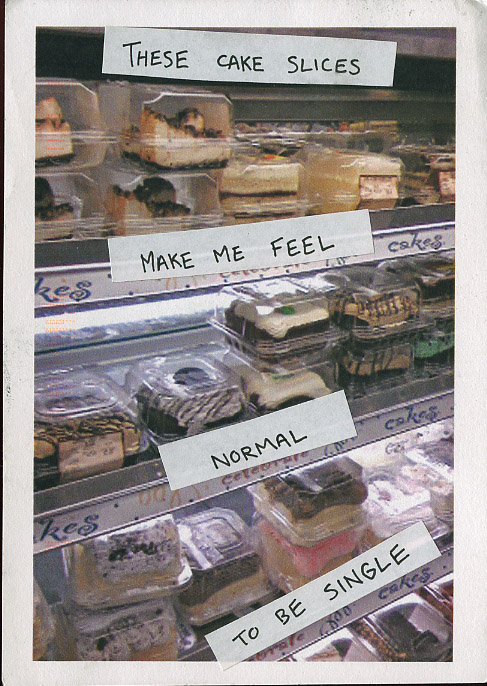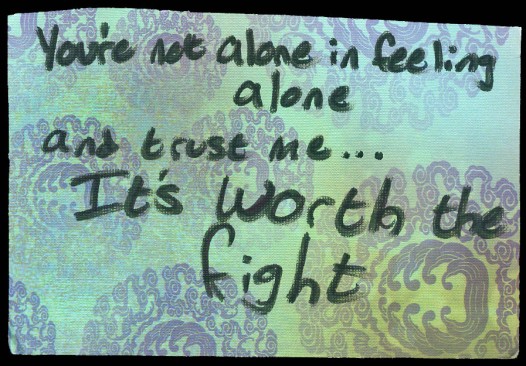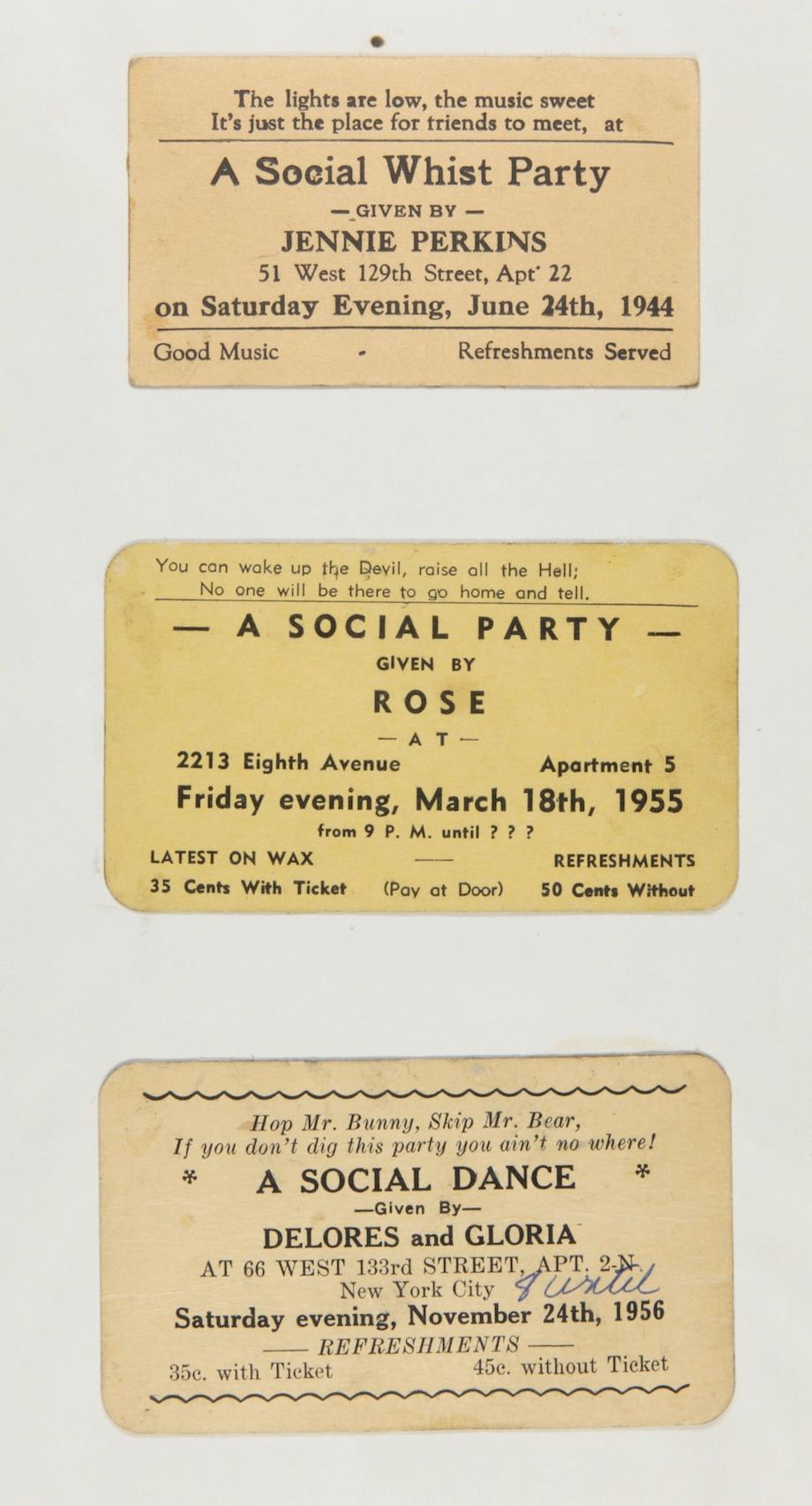
The Republican Party on Monday released a 100-page autopsy of how its 2012 presidential campaign was conducted. I've picked out the key sections you need to read from the analytic recommendations and critiques made by the party in this "Growth and Opportunity Project" report. The project report also has a long section of recommendations for GOP friends and allies -- read, PACs and Super PACS -- which I've not excerpted from below. It's an astonishingly frank document that calls for major changes in how the party addresses minorities, women, and its own campaign processes. *** The GOP today is a tale of two parties. One of them, the gubernatorial wing, is growing and successful. The other, the federal wing, is increasingly marginalizing itself, and unless changes are made, it will be increasingly difficult for Republicans to win another presidential election in the near future.
Republicans have lost the popular vote in five of the last six presidential elections. States in which our presidential candidates used to win, such as New Mexico, Colorado, Nevada, Iowa, Ohio, New Hampshire, Virginia, and Florida, are increasingly voting Democratic. We are losing in too many places.
It has reached the point where in the past six presidential elections, four have gone to the Democratic nominee, at an average yield of 327 electoral votes to 211 for the Republican. During the preceding two decades, from 1968 to 1988, Republicans won five out of six elections, averaging 417 electoral votes to Democrats' 113.
Public perception of the Party is at record lows. Young voters are increasingly rolling their eyes at what the Party represents, and many minorities wrongly think that Republicans do not like them or want them in the country. When someone rolls their eyes at us, they are not likely to open their ears to us.
At the federal level, much of what Republicans are doing is not working beyond the core constituencies that make up the Party. On the state level, however, it is a different story. Republicans hold governorships in 30 states with 315 electoral votes, the most governors either party has had in 12 years, and four short of the all-time GOP high of 34 governors who served in the 1920s.
Republican governors are America's reformers in chief. They continue to deliver on conservative promises of reducing the size of government while making people's lives better. They routinely win a much larger share of the minority vote than GOP presidential candidates, demonstrating an appeal that goes beyond the base of the Party.
It is time for Republicans on the federal level to learn from successful Republicans on the state level. It is time to smartly change course, modernize the Party, and learn once again how to appeal to more people, including those who share some but not all of our conservative principles.
At our core, Republicans have comfortably remained the Party of Reagan without figuring out what comes next. Ronald Reagan is a Republican hero and role model who was first elected 33 years ago -- meaning no one under the age of 51 today was old enough to vote for Reagan when he first ran for President. Our Party knows how to appeal to older voters, but we have lost our way with younger ones. We sound increasingly out of touch.
***
The perception, revealed in polling, that the GOP does not care about people is doing great harm to the Party and its candidates on the federal level, especially in presidential years. It is a major deficiency that must be addressed.
One of the contributors to this problem is that while Democrats tend to talk about people, Republicans tend to talk about policy. Our ideas can sound distant and removed from people's lives. Instead of connecting with voters' concerns, we too often sound like bookkeepers. We need to do a better job connecting people to our policies.
***
If we believe our policies are the best ones to improve the lives of the American people, all the American people, our candidates and office holders need to do a better job talking in normal, people-oriented terms and we need to go to communities where Republicans do not normally go to listen and make our case. We need to campaign among Hispanic, black, Asian, and gay Americans and demonstrate we care about them, too. We must recruit more candidates who come from minority communities.
***
We have to blow the whistle at corporate malfeasance and attack corporate welfare. We should speak out when a company liquidates itself and its executives receive bonuses but rank-and-file workers are left unemployed. We should speak out when CEOs receive tens of millions of dollars in retirement packages but middle-class workers have not had a meaningful raise in years.
***
If Hispanic Americans perceive that a GOP nominee or candidate does not want them in the United States (i.e. self-deportation), they will not pay attention to our next sentence. It does not matter what we say about education, jobs or the economy; if Hispanics think we do not want them here, they will close their ears to our policies. In the last election, Governor Romney received just 27 percent of the Hispanic vote. Other minority communities, including Asian and Pacific Islander Americans, also view the Party as unwelcoming. President Bush got 44 percent of the Asian vote in 2004; our presidential nominee received only 26 percent in 2012.
As one conservative, Tea-Party leader, Dick Armey, told us, "You can't call someone ugly and expect them to go to the prom with you. We've chased the Hispanic voter out of his natural home."
We are not a policy committee, but among the steps Republicans take in the Hispanic community and beyond, we must embrace and champion comprehensive immigration reform. If we do not, our Party's appeal will continue to shrink to its core constituencies only. We also believe that comprehensive immigration reform is consistent with Republican economic policies that promote job growth and opportunity for all.
***
When it comes to social issues, the Party must in fact and deed be inclusive and welcoming.
If we are not, we will limit our ability to attract young people and others, including many women, who agree with us on some but not all issues.
***
The pervasive mentality of writing off blocks of states or demographic votes for the Republican Party must be completely forgotten. The Republican Party must compete on every playing field.
***
If Hispanic Americans hear that the GOP doesn't want them in the United States, they won't pay attention to our next sentence. It doesn't matter what we say about education, jobs or the economy; if Hispanics think that we do not want them here, they will close their ears to our policies. In essence, Hispanic voters tell us our Party's position on immigration has become a litmus test, measuring whether we are meeting them with a welcome mat or a closed door.
Throughout our discussions with various Hispanic groups, they told us this: Message matters.
Too often Republican elected officials spoke about issues important to the Hispanic community using a tone that undermined the GOP brand within Hispanic communities. Repairing that relationship will require both a tone that "welcomes in" as well as substantial time spent in the community demonstrating a commitment to addressing its unique concerns. As one participant in a regional listening session noted, "The key problem is that the Republican Party's message offends too many people unnecessarily. We win the economic message, which is the most important to voters, but we then lose them when we discuss other issues."
***
It is also a fair criticism that Republicans do not do enough to elevate Hispanic leaders within the Party infrastructure. This includes not just candidates running for office, but also senior decision-makers in the RNC's infrastructure. These personnel should not be pigeonholed into demographic outreach, but should be promoted to positions to develop political strategy and provide input on all budgeting decisions. The RNC must rebuild a nationwide database of Hispanic leaders and donors that can be a resource to the Republican community at large.
***
The RNC must invest financial resources in Hispanic media. In a $1 billion campaign, much less than 1 percent of the total budget was spent on Hispanic or other demographic group oriented media. At one point during the 2012 campaign, OFA was outspending us 8 to 1 in these media markets. If we are going to attract these groups to our Party and candidates, our budgets, and expenses need to reflect this importance.
***
The RNC must improve its efforts to include female voters and promote women to leadership ranks within the committee. Additionally, when developing our Party's message, women need to be part of this process to represent some of the unique concerns that female voters may have. There is growing unrest within the community of Republican women frustrated by the Party's negative image among women, and the women who participated in our listening sessions contributed many constructive ideas of ways to improve our brand with women throughout the country and grow the ranks of influential female voices in the Republican Party.
***
The Republican Party committees need to understand that women need to be asked to run. Women are less likely to run for office on their own, and we should be encouraging and championing their desire to seek elective office. Additionally, the Republican Party must recognize the unique challenges that female candidates face when running for office, as well as the unique opportunities female candidates provide in winning elections. The Party should provide training programs for potential female candidates that includes fundraising guidance, digital strategy, etc.
***
Another consistent theme that emerged from our conversations related to mechanics is the immediate need for the RNC and Republicans to foster what has been referred to as an "environment of intellectual curiosity" and a "culture of data and learning," and the RNC must lead this effort. We need to be much more purposeful and expansive in our use of research and more sophisticated in how we employ data across all campaign and Party functions. No longer can campaign activities be compartmentalized or "siloed" in a way that makes sharing resources and knowledge less efficient.
***
...we must develop a deeper talent pool that understands and can deploy data and technology/digital campaigning in decision-making processes and targeting efforts. More active recruiting on college campuses, providing internships and scholarships, and recruiting from commercial firms that may harbor talent with relevant skills sets is critical in providing the talent for future campaigns. The RNC should strive to establish working relationships and open lines of communication with thought leaders in Silicon Valley to ensure the Party is at the forefront of new developments and trends in digital technology. The Party can and should play an important role in building bridges between its digital operatives and the best minds in the Valley and elsewhere. And we must make an earlier commitment to field operations and ground game than we have made in the past to ensure a year-round, election-cycle-to-election-cycle presence that can improve the quality of our voter contact.
All of these areas of focus will require a reprioritization of resources through not only the RNC budget but also the budgets of the other national party committees, state parties, campaigns, allied groups, and Super PACs. But this is critical in order for us to move forward.
***
Identify a team of strategists and funders to build a data analytics institute that can capture and distill best practices for communication to and targeting of specific voters. Using the GOP's data, the data analytics institute would work to develop a specific set of tests for 2013 and 2014 -- tests on voter registration, persuasion, GOTV, and voter mobilization -- that will then be adopted into future programs to ensure that our voter contact and targeting dollars are spent on proven performance. These tests should be the first order of business of the analytics team and should incorporate pollsters, data managers, and messaging professionals at the table developing a variety of approaches that would be subject to measurement.
***
The number of early and absentee voters continued to increase this cycle, and Election Day voting continued to fall. In 2004, 76 percent of the electorate voted on Election Day; in 2012, 65 percent voted on Election Day, a decrease of 12 percent in eight years. The Democrats successfully front-loaded many of their votes this cycle, expanding their early vote and absentee reach and giving them a much better picture going into Election Day of who had already voted and who remained a target for their efforts. They continued to expand their advantage in early voting, and this cycle they ran a much more focused effort on absentee voting, which helped them close their margins.
This trend in early, absentee, and online voting is here to stay. Republicans must alter their strategy and acknowledge the trend as future reality, utilizing new tactics to gain victory on Election Day; it is imperative to note that this will be a critical cultural shift within the Party. Additionally, early voting should be factored into all aspects of political strategy, messaging and budgeting so that we understand that we are no longer working in an environment where 72-hour GOTV efforts will determine an election outcome. And again, we must test and retest what will work best with respect to contacts and persuasion of early and absentee voters.
The Democrats' effort on maintaining a year-round presence with field operations, and investing in infrastructure to support early and absentee vote programs, had a significant impact on the outcome of the election.
***
Our survey asked political professionals in what areas they would like to receive more training and education, and digital and social media were the second most popular items listed. In an open-ended question, 29 percent of all respondents mentioned one or both of these items in their comments.
Our challenge is less of a technology problem and more of a culture problem. As referenced earlier, we need to strive for an environment of intellectual curiosity, data, research, and testing to ensure that our programs are working.
***
The RNC should recruit and hire a chief technology and digital officer for the RNC by May 1, 2013, whose experience and background sends a strong and immediate signal that we are serious about growing our digital and tech operations and data integration. The chief technology and digital officer should identify, recruit and hire a working group of data scientists, tech and digital advocates to build a structure that can eventually be deployed during the 2014 midterm elections and the 2016 presidential race to provide a 21st century digital, data and tech operation for our candidates.
The RNC should begin the search for expanded technology and digital teams that can be deployed across every division of the RNC -- fundraising, political, communications, and so on to integrate the work of those divisions and increase the potential to use technology and digital in an efficient and effective manner. (These employees are separate and distinct from those described in the data section earlier.) Technology and digital should be treated as two separate but related functions in this process. The search for members of these teams should be expanded beyond the traditional political sphere and include individuals with significant professional experience in web development and marketing programs. Integration across all areas/offices/divisions is critical for success.
***
Programs such as the Republican State Leadership Committee's "Future Majority Project" (www.futuremajority.com) to recruit minority candidates and women candidates for the 2012 cycle have been highly effective and should be encouraged, and the RNC and state parties should expand their efforts in this area. In the 2012 cycle, the RSLC committed to spend $3 million to identify and support new GOP candidates of Hispanic descent and women for state office. Ultimately the RSLC identified 125 new Republican Hispanic candidates and 185 new women candidates. More than $5 million was used to successfully elect 84 new women and grow the state-level Republican Hispanic caucus. The RSLC has now established a Future Majority Caucus led by new Mexico Governor Susana Martinez and Nevada Governor Brian Sandoval along with a board of 10 rising stars from state legislatures across the country. Together, these leaders will help identify new candidates and develop even more ambitious goals for electing the new generation of GOP leaders.
***
There is a strong consensus that we have not invested the financial resources in a labor pool that can actively conduct and run "in-person" contact at the ground level. The Obama campaign budgeted its spending to ensure the most personal forms of voter contact were a priority. But they went beyond this. They gave volunteers and field staff flexibility in implementation and creativity in decision-making to get the most out of their field teams. And they acted based on information they received from volunteers through their voter contact operation. We need to write campaign plans that reflect an increased presence of field staff in states starting much earlier than we have done in the past.
***
By June 15, 2013, make an investment in field staff beyond traditional battleground states and make an earlier commitment to building the field team in all state operations. It is essential for the Party to grow the playing field. There are too few existing paths to 270 electoral votes for our presidential nominee under current trend lines. We need to aggressively work to put more states in play where we have infrastructure advantages over the Democrats based on our foothold in the governorships. And this requires an early commitment to building the team.
***
There is no consensus on the top problem facing pollsters, according to our survey, though it's clear that public pollsters and private pollsters of both parties faced several challenges during the 2012 election cycle. When asked to choose the single most important issue or problem facing pollsters when it comes to telephone polling accuracy, four problems (cell phones, demographics, refusals, and turnout) bubbled to the top in a close grouping, each mentioned by 18 to 21 percent as most important.
Concerns expressed by pollsters include the increasing use of cell phones, making contact on land-lines more difficult and accurate polling more expensive and expansive. Another issue of concern is the need to include more young voters and Hispanics in polling samples given the growth in the electorate in these groups. An additional challenge facing pollsters was a nonresponse bias that occurred as various groups reached different levels of fatigue in the elections process. 24 percent describe higher refusal and no-answer rates as a "very important" factor. For example, following Governor Romney's first debate performance, both public and private polling firms reported a drop-off in the number of Obama supporters who would agree to participate in surveys. Understanding this bias and correcting for it is a major challenge facing pollsters in the future. And finally, 36 percent of pollsters believe that "flawed turnout models" are a "very important" factor in poll inaccuracy. The concerns expressed in our survey mirror the concerns raised in specific conversations with pollsters during the course of our task force work.
Responses to open-ended questions in the pollsters' survey suggest that many pollsters would welcome regular meetings with other researchers to share best practices and pitfalls. It is important that GOP pollsters share information on a regular basis about sampling and weighting of samples, as well as assumptions made in interpretation of survey research, to ensure more accurate data that can be used in allocating campaign and Party resources.
The significant challenge of reaching the right mix of people on the phone may sometimes require that we dedicate more resources to ensuring that our samples accurately reflect the electorate that will actually vote. This could mean enlisting bilingual interviewers in districts and states with large Hispanic populations. As mentioned earlier, it also means that a significant portion of polling samples must be dedicated to cell phones (while recognizing that auto-dialed calls cannot legally be made to cell phones). And it could mean that polls need to be fielded over longer periods and with larger samples. In addition, more spending may be required for research into special populations (e.g., youth, Hispanics) by Party organizations for private learning that could be shared with campaigns and other Party committees when appropriate.
***
Recent election cycles have seen a troubling diminishment of the role of political parties and even candidates themselves in our democracy. The national and state political parties are well on their way to the intensive care unit. McCain-Feingold now makes it impossible for the national parties to use funds raised under a state's own laws to support state and local candidates and parties in that state, and it forces them to use federal money for what are truly state and local activities. ...
Outside groups now play an expanded role affecting federal races and, in some ways, overshadow state parties in primary and general elections. As a result, this environment has caused a splintered Congress with little party cohesion so that gridlock and polarization grow as the political parties lose their ability to rally their elected officeholders around a set of coherent governing policies.
Fixing the inability of the political parties to be true national parties must be a top priority. Unless Congress acts, the country will continue to suffer under the current misguided statutory scheme that over regulates campaign finance, limits free speech and empowers the very so-called special interests this law was meant to diminish.
***
Federal campaign finance laws need to be revised to loosen the restrictive burdens that have stifled the voices of candidates and parties.
***
Debates must remain a central element of the GOP nominating process, but in recent years there have been too many debates, and they took place too early. The first debate of the 2012 cycle took place on May 5, 2011, eight months before the first votes were cast in the Iowa caucuses. In contrast, the first Republican primary debate of the 1980 election took place on January 5, 16 days prior to the Iowa caucuses. On January 7 and 8 last year, two debates took place within 12-hours of each other. The number of debates has become ridiculous, and they're taking candidates away from other important campaign activities....The number of debates should be reduced by roughly half....
***
The Republican Convention should be held earlier in the summer. It should be moved to late June or sometime in July, allowing our nominee more time to begin the general election phase. (Note: The 2016 Olympics will be held August 5-21.)
Because the nominee will still need an estimated 60-90 days to prepare for the Convention, changes will need to be made to the primary calendar. If the Convention were to be held in July, the last primary would need to be held no later than May 15. If the Convention were to be held in late June, the final primary would need to be held no later than April 30. Moving primaries up will require states and state parties to cooperate.
***
We also recommend broadening the base of the Party and inviting as many voters as possible into the Republican Party by discouraging conventions and caucuses for the purpose of allocating delegates to the national convention. Our party needs to grow its membership, and primaries seem to be a more effective way to do so.





